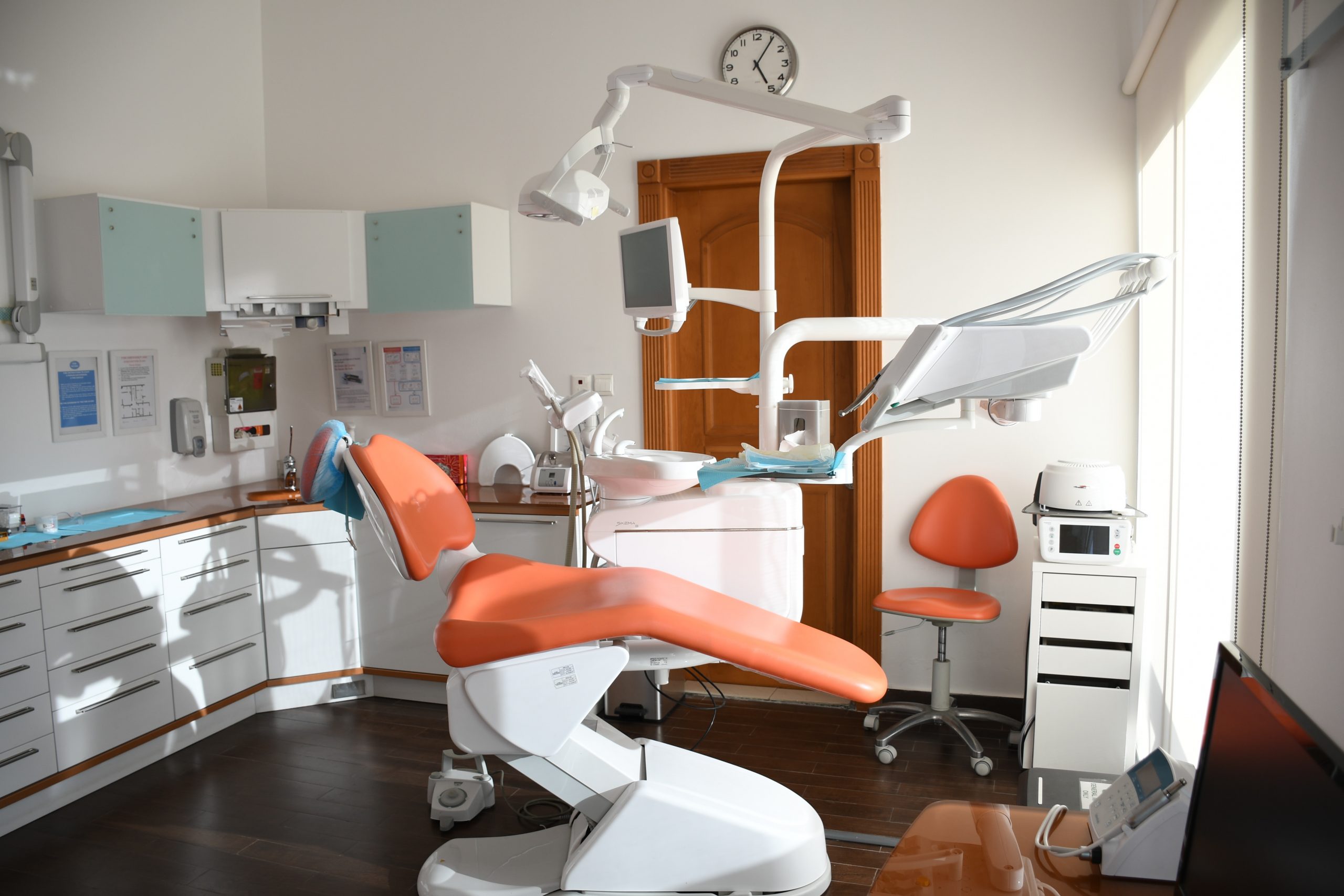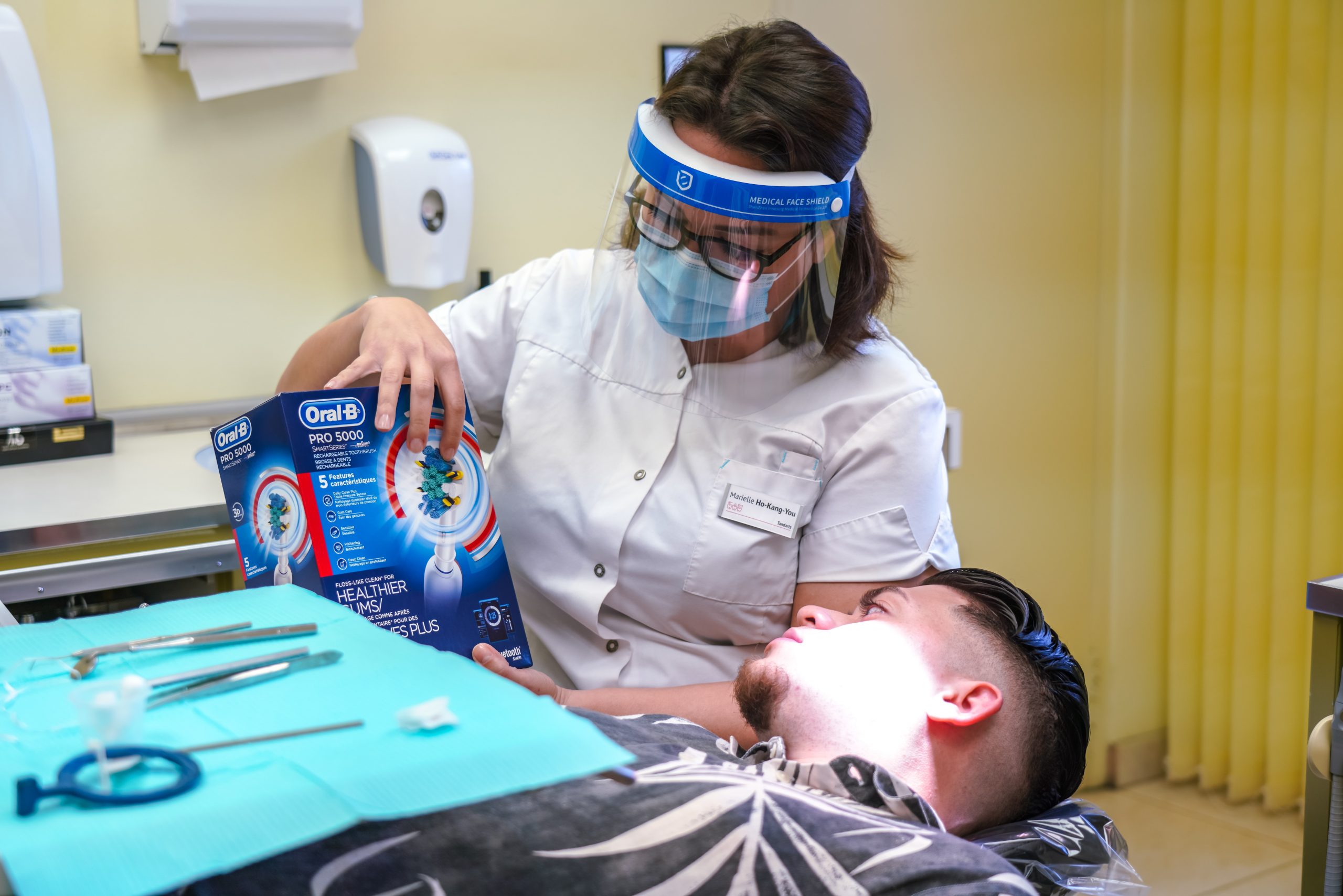
Dental anomalies in fetal alcohol syndrome
Fetal Alcohol Syndrome (FAS) is a medical condition caused by the consumption of alcohol during pregnancy. The disorder is characterized by a range of physical, cognitive, and behavioral abnormalities in children. One of the most common physical abnormalities seen in FAS is dental anomalies. Several scientific studies have explored the relationship between FAS and dental anomalies, and this essay aims to provide an overview of the existing literature.
Types of Dental Anomalies in Fetal alcohol syndrome(FAS)
Dental anomalies in FAS include microdontia, hypodontia, enamel hypoplasia, delayed eruption, and abnormal tooth shape. Microdontia refers to abnormally small teeth, while hypodontia is the absence of one or more teeth. Enamel hypoplasia is a condition where the enamel on teeth is thin or absent. Delayed eruption is the delayed emergence of teeth, and abnormal tooth shape includes teeth that are conical, pointed, or notched.
Prevalence of Dental Anomalies in FAS
Studies have shown that dental anomalies are prevalent in individuals with FAS. In a study conducted by May et al. (2015), 94% of children with FAS had at least one dental anomaly. Another study by Pinto et al. (2019) found that 92% of individuals with FAS had dental anomalies, with microdontia being the most common anomaly.
Causes of Dental Anomalies in FAS
The exact mechanisms that cause dental anomalies in FAS are not fully understood. However, researchers have proposed several theories. One theory is that alcohol interferes with the development of teeth during fetal development. Another theory suggests that dental anomalies in FAS may be due to nutritional deficiencies caused by maternal alcohol consumption.
Impact of Dental Anomalies in FAS
Dental anomalies in FAS can have a significant impact on an individual’s oral health and overall well-being. Children with FAS may experience difficulty chewing, speaking, and maintaining good oral hygiene due to abnormal tooth shape and size. Furthermore, dental anomalies can cause cosmetic issues, which can negatively impact an individual’s self-esteem and social interactions.
Treatment of Dental Anomalies in FAS
Treatment for dental anomalies in FAS varies depending on the type and severity of the anomaly. In mild cases, regular dental check-ups and oral hygiene practices may be sufficient. In more severe cases, orthodontic treatment or dental prosthetics may be necessary to correct abnormal tooth shape and size.
Conclusion
In conclusion, dental anomalies are prevalent in individuals with FAS and can have a significant impact on their oral health and overall well-being. Further research is needed to better understand the mechanisms that cause dental anomalies in FAS and to develop effective treatment strategies for affected individuals. Dental health professionals should be aware of the potential dental complications associated with FAS and provide appropriate care to individuals with the disorder.










